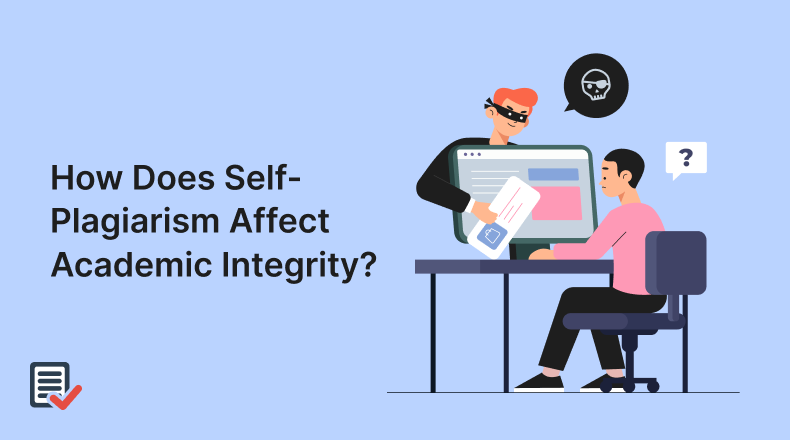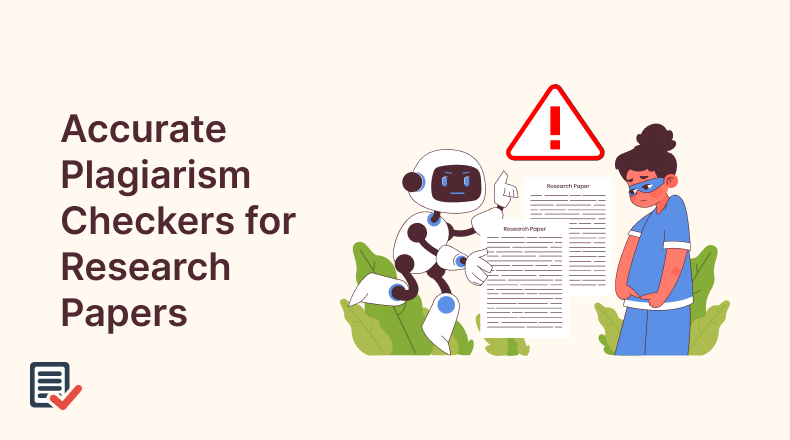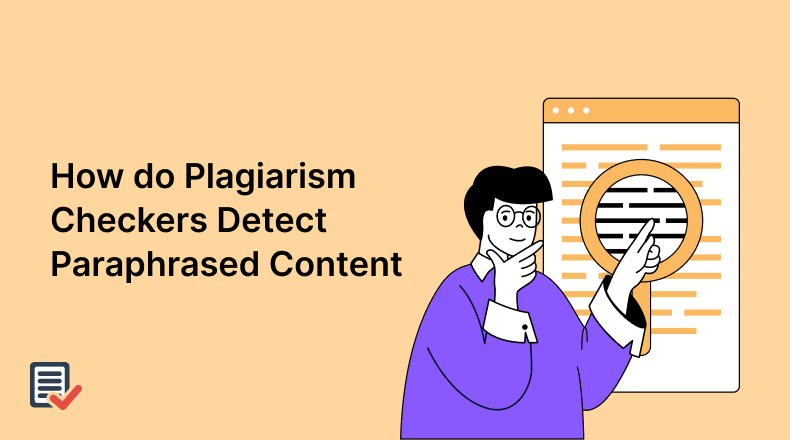
You may know plagiarism as something that occurs when you present someone else’s words as your own without proper attribution, right? But do you know plagiarism also happens when you reuse portions of your previously submitted work without specifying its source?
Yes, you’ve read this right. This type is referred to as self-plagiarism. Like other forms, it also poses a serious threat to academic integrity. But how? If you’re curious about it, this blog post is for you.
In this blog article, we’ll help you understand the effects of self-plagiarism on academic honesty. To get started here, we’ll first elaborate on the concepts of self-plagiarism as well as academic integrity. This way, you will be better able to comprehend everything discussed here. So, let’s dive in without wasting any time.
Understanding the Concept of Self-Plagiarism
As briefly discussed in the introduction, self-plagiarism occurs when you use your previously submitted work without proper acknowledgment. But that’s not all about it. To be more precise, this form of plagiarism occurs when you do the following:
- Resubmit the same content in different courses or new work without proper references.
- Use the same research findings in multiple journals without properly disclosing the previous usage.
Academic Integrity Definition and Its Core Principles
The term ‘academic’ means something related to education, whereas ‘integrity’ refers to having strong moral principles. By combining these two literal meanings, academic integrity, as a whole, gives the following meaning:
A collection of moral values that govern honest and responsible behaviors in educational environments.
But what exactly are those moral principles? Well, to put it simply, the entire concept of academic integrity revolves around the following six core values:
- Honesty.
- Fairness.
- Respect.
- Responsibility.
- Trust.
- Courage.
What Impact Does Self-Plagiarism Have on Academic Integrity?
By now, you likely understand the importance of academic integrity and the risks of self-plagiarism. Here’s how reusing your work without proper citation can undermine the core moral values of academic environments:
1. It is a Misrepresentation of the Original Work
When you reuse your previously submitted work without mentioning its source, you make people believe that your content is entirely new and unique. This not only misleads people about the originality of your writing but also misguides them about the efforts involved in creating a text piece. So, that’s how self-plagiarism undermines the value of credibility and uniqueness, which are key aspects of academic contributions.
2. It Gives an Unfair Advantage to Academicians
Academic and other forms of writing have a major requirement, which is to always craft new content, even for similar topics. However, you bypass this major requirement when you reuse some portions or the entire work from your previous submission for a new assignment or publication. So, such a situation gives you an unfair advantage. And following this course of action also makes it difficult for teachers to correctly evaluate your knowledge of the subject at hand.
3. It is a Clear Violation of Academic Policies
Individuals, especially newbies, may overlook self-plagiarism, but academic institutions don’t. Some educational institutions take strict action against people who become victims of self-plagiarism. Some of the most common disciplinary actions are as follows:
- Expulsion or suspension.
- Receiving a failing or ‘F’ grade.
So, when you reuse the same content in multiple educational submissions, you will not only face the consequences but also breach the two moral pillars of academic work: honesty and integrity.
4. It Negatively Impacts Academic Progress
Why do instructors assign work to students throughout an entire academic tenure? To test their pupils’ understanding of the subject at hand, right? But when you rely on chunks of your previously submitted work to create new assignments, you miss out on the following benefits:
- Deeply engaging (researching and writing) with new material.
- Critically thinking about the problem at hand.
How to Gain Protection From Self-Plagiarism and Maintain Academic Integrity?
If you are following this blog post from the beginning, you may have understood by now how self-plagiarism affects the principles of academic integrity. You’ll now want to learn how to avoid such plagiarism. So, here are some of the recommended techniques you can use to prevent the threat of self-plagiarism and maintain honesty in your academic endeavors:
1. Learn the Proper Ways of Reusing Existing Text
You want to reuse some portions of content from your previously submitted work, right? Well, to do so, you can either take assistance from paraphrasing or quoting. Let’s focus on double-quoting first.
Quoting comes in handy when you have to reuse small text portions from already published or submitted work into your current content. But how can you use it properly? Well, you just need to copy the required text and paste it inside double quotes. Additionally, you also have to specify the in-text citation as well as the complete reference. But make sure to use your preferred and consistent citation style throughout your content.
For paraphrasing, you will have to present the existing text in your own wording while keeping its original intent alive. But generally, newbies have trouble implementing this strategy. So, the best way to use the combination of the following approaches is:
- Change the words with contextually appropriate synonyms.
- Structure sentences using a different approach by changing the order of information and words.
- Start paragraphs with a unique angle.
- Group similar sentences together or break lengthy phrases.
But while doing so, keeping the original meaning intact is essential. Additionally, you must cite your sources when rephrasing something. If you fail to meet these two requirements, your paraphrased version will fall under the ‘bad academic practice’ criteria.
2. Expand If Possible
If you continue to paraphrase or double-quote the content you have already submitted for your new assignment, your work will lack its unique factor. So, to prevent such a problem, you can get help from the expansion approach. But what exactly is that?
Well, in simple terms, the expansion technique refers to the act of reusing your existing work while adding some new and unique value to it. Let’s understand this better with the help of an example.
Suppose that your previously submitted content focuses entirely on explaining the concept of plagiarism. In such a situation, you can expand on it in the following way:
- First, refer to your prior work either through double quoting or rephrasing.
- Then, expand on it by discussing the strategies for avoiding plagiarism.
This approach ensures that your work provides unique value to readers while supporting its claims with a previously submitted study.
However, expansion is only possible with proper research. So, make sure to research the subject at hand properly. This way, you will be able to enhance your content with unique and correct information.
3. Always Check for Plagiarism Before Finalizing
When you work on similar types of topics within a few days, it’s compulsory to remember. Sometimes when explaining things, we might accidentally repeat words or phrases we’ve read before without realizing it. Even though it’s not intentional, this can still count as plagiarism. That’s why it is essential to run your work through a plagiarism checker to catch these little issues before they become a problem.
This tool uses search engines’ indexed data and the contents of its database to check whether a text piece already exists or not. To do so effectively, it performs sentence-based analysis using various advanced technologies, like deep search. Such an in-depth scan helps it accurately determine the previous occurrences of any textual content. So, you can use this utility to avoid the threat of self-plagiarism.
Conclusion:
To sum up, when you become a victim of self-plagiarism, you’re using your content. This course of action may seem harmless to some people, but in reality, it’s not. It falls under a breach of ethical standards because it misleads readers into thinking that a particular text is unique. So, you need to avoid such a course of action at all costs. The best way to go about it is to either paraphrase or quote the information and cite the sources properly. Additionally, you must add some unique and original thoughts to your content. If you don’t have any, simply conduct research.







